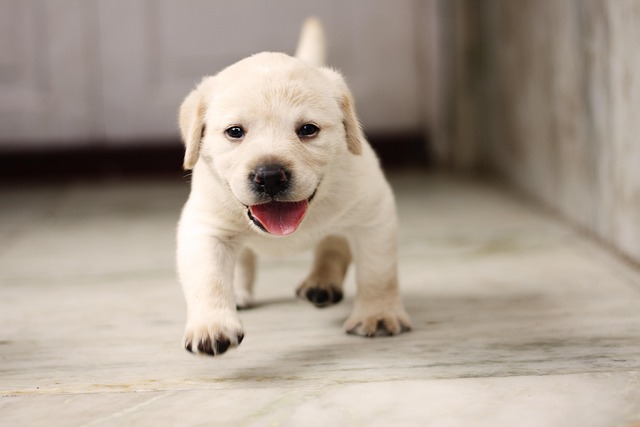
How do i train my dog to be obedient?
Watching your dog dart across the park ignoring your calls isn’t just frustrating—it can put them at risk near busy streets or public spaces.
You’ve just brought home your fluffy Labrador Retriever puppy—excited to play, but already noticing they chew your shoes or have accidents on the rug. Training a Lab puppy doesn’t have to feel overwhelming; these pups are smart and eager to learn, but they need consistency to thrive. Many new owners rush into teaching tricks first, but focusing on basics sets the foundation for a well-behaved adult dog.
Labradors are highly social and food-motivated, which makes positive reinforcement the most effective training method. This means rewarding good behavior—like sitting when asked or using their pee pad—with small treats, excited praise, or a quick play session. Punishment, like yelling or tapping their nose, backfires; it makes them scared of you instead of understanding what you want. For example, if your puppy sits on their own, toss them a treat and say “Good sit!”—they’ll quickly link the action to the reward.
 Start with three key skills: potty training, “sit,” and “come.” For potty training, take them outside first thing in the morning, after meals, and before bed—always to the same spot. When they go, celebrate loudly and give a treat; if they have an accident inside, clean it up quietly (scolding won’t help them connect the mistake to the action). For “sit,” hold a treat above their head and say “Sit”—they’ll naturally lower their bottom to reach it. For “come,” call their name followed by “Come!” and back up a few steps; when they run to you, reward them with a hug and a treat.
Start with three key skills: potty training, “sit,” and “come.” For potty training, take them outside first thing in the morning, after meals, and before bed—always to the same spot. When they go, celebrate loudly and give a treat; if they have an accident inside, clean it up quietly (scolding won’t help them connect the mistake to the action). For “sit,” hold a treat above their head and say “Sit”—they’ll naturally lower their bottom to reach it. For “come,” call their name followed by “Come!” and back up a few steps; when they run to you, reward them with a hug and a treat.
Don’t forget local rules and community courtesy. Make sure your puppy is up-to-date on vaccines before taking them to dog parks—this keeps both your pup and others safe. When walking, use a harness (gentler than a collar for young necks) and always carry poop bags to clean up after them. If you live in an apartment, stick to designated potty areas and keep training sessions short (5-10 minutes) to avoid tiring your puppy out.
Training a Labrador Retriever puppy is a journey, not a race. Be patient if they make mistakes—even the smartest pups need time to learn. With consistent positive reinforcement, clear routines, and respect for your community, you’ll build a strong bond with your pup and raise a happy, well-mannered dog. If you hit a snag, local dog training classes are a great resource—many focus on positive methods that align with how Labs learn best.

Watching your dog dart across the park ignoring your calls isn’t just frustrating—it can put them at risk near busy streets or public spaces.

New puppy owners often find themselves rushing to clean up accidents before they set in, and that’s where puppy pad training becomes a game-changer.

If you've noticed your dog's waistline disappearing and your veterinarian has mentioned those few extra pounds, your first instinct might be to simply reduce the amount of food in their bowl.

Training a dog to use a designated spot indoors isn’t as daunting as many new owners fear, but it does take consistency and an understanding of your pet’s needs.

That moment of dread on a walk is all too familiar for many new dog owners. You see another dog approaching down the sidewalk of your neighborhood

If the sight of another dog on your neighborhood walk makes your heart sink as your own dog erupts into a frenzy of barking and lunging, you're not alone.